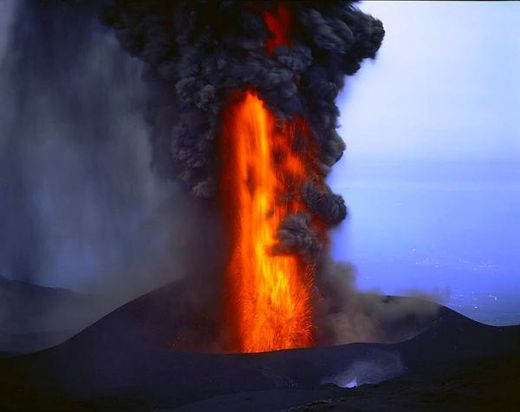OF THE
TIMES
A small body of determined spirits fired by an unquenchable faith in their mission can alter the course of history.
That area of the planet has been experiencing extreme tension since the Solar Eclipse. Tonight is a difficult 🦂 FullMoon.
Off leash or what? Did the mother think her 15mo child needed to visit a couple of pit bulls for fun? This story is so badly written it makes one...
Did that include being chief fluffer for Big Mike :O The defendant held multiple roles in the Obama administration Fluffer (Wiki explanation) -...
Comment: One would be naive to think that those sex crimes against children only started once he left the White House. His sexual depravities were...
I see that they practice without the FAB 500 glide bombs being dropped on them :O "Everyone has a plan until they get punched in the mouth" - Mike...
To submit an article for publication, see our Submission Guidelines
Reader comments do not necessarily reflect the views of the volunteers, editors, and directors of SOTT.net or the Quantum Future Group.
Some icons on this site were created by: Afterglow, Aha-Soft, AntialiasFactory, artdesigner.lv, Artura, DailyOverview, Everaldo, GraphicsFuel, IconFactory, Iconka, IconShock, Icons-Land, i-love-icons, KDE-look.org, Klukeart, mugenb16, Map Icons Collection, PetshopBoxStudio, VisualPharm, wbeiruti, WebIconset
Powered by PikaJS 🐁 and In·Site
Original content © 2002-2024 by Sott.net/Signs of the Times. See: FAIR USE NOTICE

I am not of course an "expert" but as far as I am aware Spain and Sicily are NOT on the same plates. Spin is on the Eurasian plate and Sicily is on the African plate.
See my reasoning here (My blog) [Link]
Please do shoot me down if I am wrong.